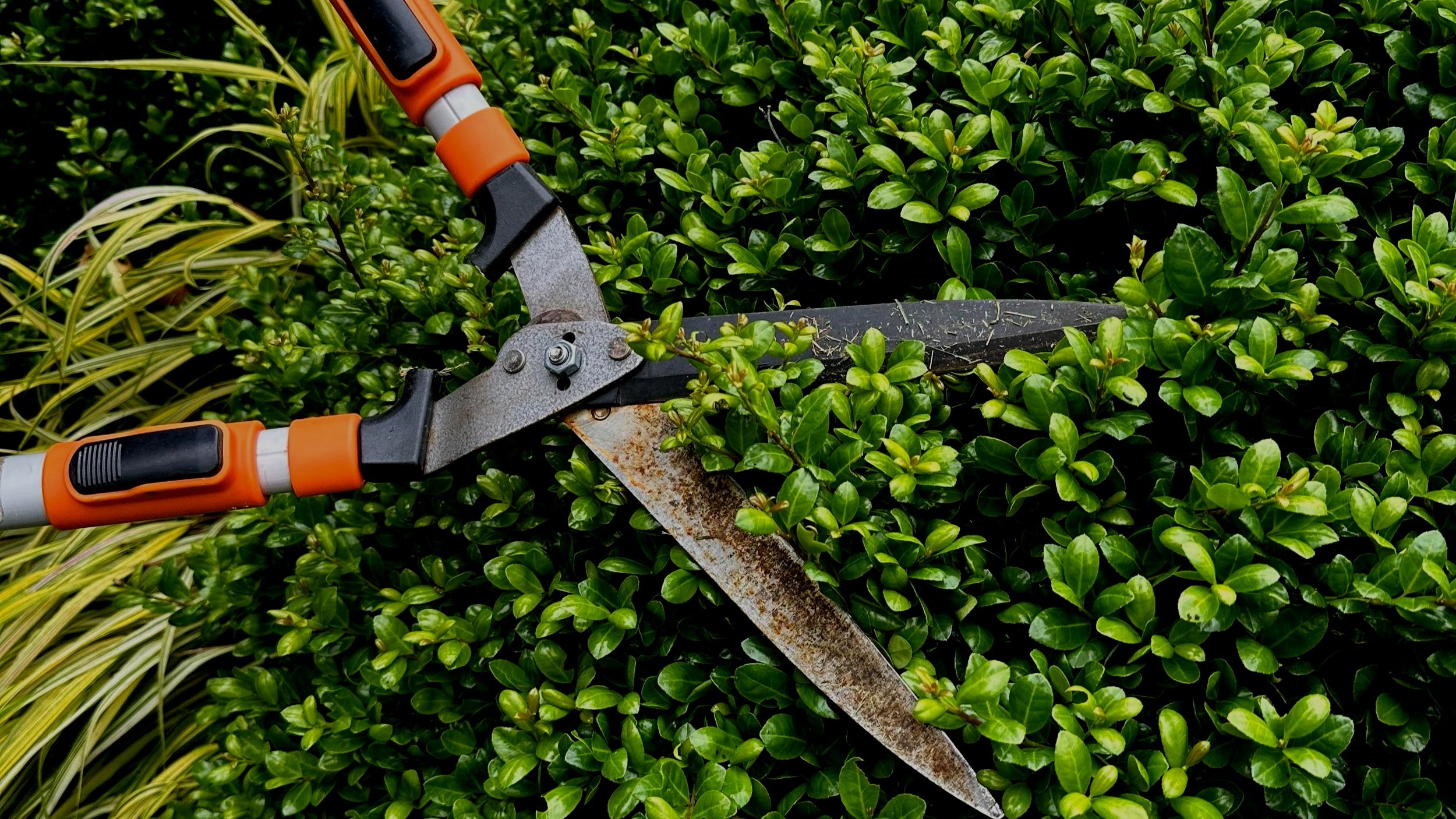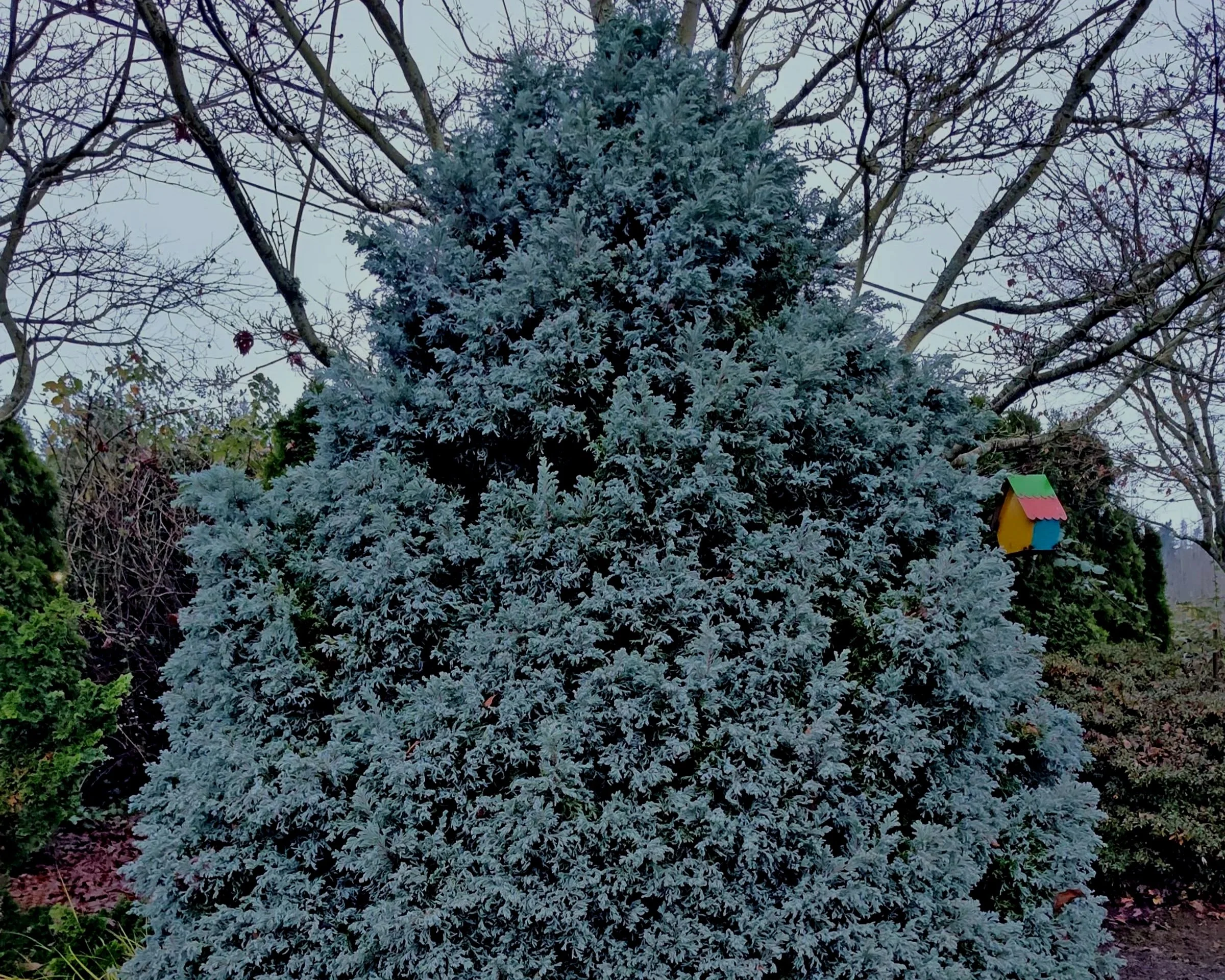As we head into the glorious months of summer in the PNW, it is the perfect time to consider what needs a little summer pruning in the landscape. Not everything will, so please do not think that your whole yard needs to be done. It is of course your garden and not mine, so you may prefer things done a certain way. Some like the crew cut shearing, while others perhaps like a tidy bowl cut. Something high and tight works for one, while another is captivated by a fade. I am not sure how to create a mullet on a plant, but you are welcome to try - please send me a picture or two as there’s nothing quite like business in the front and a party in the back. Wait, are we talking hair or plants? It has been so long since I had much hair I digress… apologies.
The topic of pruning seems to stir up fears and anxiety with many gardeners, but I am here to attempt to infuse your gardening alter ego with some confidence. Plants are very resilient creatures for the most part, and I (as many of you I’m sure) have seen many plant specimens wildly butchered over the years. These plants recover and often grow back nicely over time. This is where I ask you to put the chainsaw down and walk away! That may work for the hedge, but not the Japanese Maple, please. In all honesty, using the right tool is very important but also knowing each plant, technique options and the best time to prune is equally as critical. Keeping your blades sharp will not only make it easier to physically make the cuts, it will also result in clean cuts, warding off potential infection and allowing the plant to heal faster.
In summer it is important to remember my number one rule of “prune after bloom”. It will dictate what can or should be pruned since the vast majority of our spring blooming trees and shrubs (think Rhododendrons, Azaleas, Pieris, Magnolias, Dogwoods, Lilacs and many others) bloom on old wood. This means that Rhododendrons (as an example) that bloomed in May will send up new growth once flowering has ceased, and then this growth will produce a flower bud over the summer that you will see open in May 2026. That is why pruning now is the way to go – if I prune that Rhododendron in September, or over the winter, or next spring I am cutting off all of my flowers! I encourage you to look around your yard, find old-wood blooming plants such as these, and make decisions as soon as possible. Surely not everything will need it, but a yearly tidying will help keep many of your specimens a touch smaller. Waiting for five years and attempting to turn back time inevitably leads to failure on most specimens. Striving for slow and steady is the way to go, and a yearly tune up is ideal to keep plants in check and maximize their blooming potential.
To prune or not prune, that is always a key question. If you are pruning, have a purpose and use the right techniques. We all want more flowers over summer, so simply pinching back herbaceous annuals and perennials brings more flowers and keeps plants compact and tidy. When we get more into the shrubs and trees in the landscape, it becomes all about thinning and/or heading back. When you “head” something back you are cutting down a stem to a bud to purposefully either shorten it or change its direction. Think of a Lilac for instance, some can get awfully tall and attain more of a tree-like structure. Perhaps you would like it smaller and shrubbier… Heading back the stems after flowering to lower buds will tell that plant to behave and create a shorter bushier specimen. Keep my other pruning rule in mind as you do this; try to never remove more than one third in height or spread in a season. We can get away with breaking this rule sometimes, but it still sets a useful parameter for how much you are considering cutting a particular specimen back.
Besides taming the throngs of spring-blooming shrubs and trees, there are a few other goals I always have with summer pruning in my garden…
It is the perfect time of year to get all kinds of broadleaved evergreens pruned. Doing this in early summer allows them to regrow, harden off, and stave off any damage from fall frost and colder winter temperatures. Think of plants like Boxwood, Japanese Holly, Nandina, Euonymous, Laurels, Osmanthus, and many other PNW shrubs. IF any of these need a haircut, this is the time to clip them, but be careful not to cut into bare wood. Stay out where there is still foliage, which is also why I say don’t wait five years and then try to go back in time – think tidy and do a little each year, or every other year at worst.
It is a great time to tidy up conifers, both large and small. Also being evergreen, these needled creatures should be pruned in early summer as well. IF you need to, lightly clip to control the size of any conifer, especially those shrubbier growers and dwarf plants. Again, don’t ever cut into bare wood, stay out where there is still healthy growth. It is perfectly acceptable to limb larger conifers up off of the ground, cutting branches cleanly off at the trunk, but please avoid topping larger specimens. You could also thin out some branches to open up the tree and let more light into the interior as well.
It is a useful time to thin out larger deciduous trees, including Japanese Maples. This is something I personally focus on in my own landscape as I like things natural, open and healthy. Thinning out the dead wood or congested growth in the interior of deciduous trees or large shrubs always makes them more aesthetically pleasing and allows for better light and air circulation. This means less propensity for disease and a much better looking specimen, without a doubt.
You may want some guidance on pruning, so I suggest visiting your local garden center for both sound advice and quality tools to get the job done right. Knowing how your plants grow and when they bloom will always be key, so speak to a Certified Professional Horticulturist if you are unsure. As we get into summer, it is best to get many things done right away as plants will need the time to regrow and harden off this new growth in order to successfully go into the winter season. Pruning things late in the summer is simply asking for trouble, so find some time before August rolls around to get your plants tidied up. By following a couple of my simple rules and doing this at the proper time, your plants will reward you will a more attractive habit, healthier foliage, and increased flowering the following year. So, take a deep breath, embrace your pruning devices, and get your landscape looking sharp so your plants will be extra happy for the summer season.



